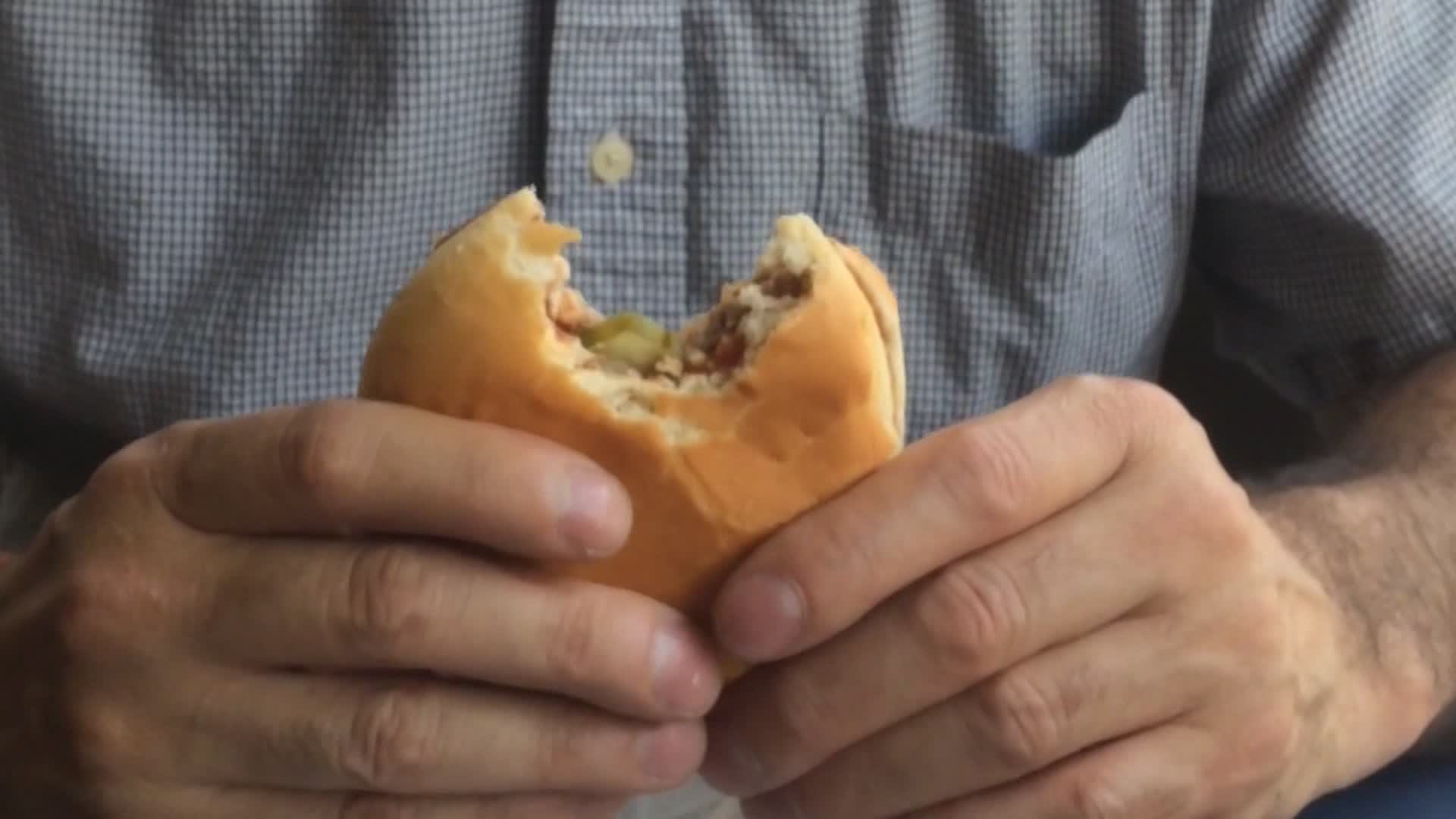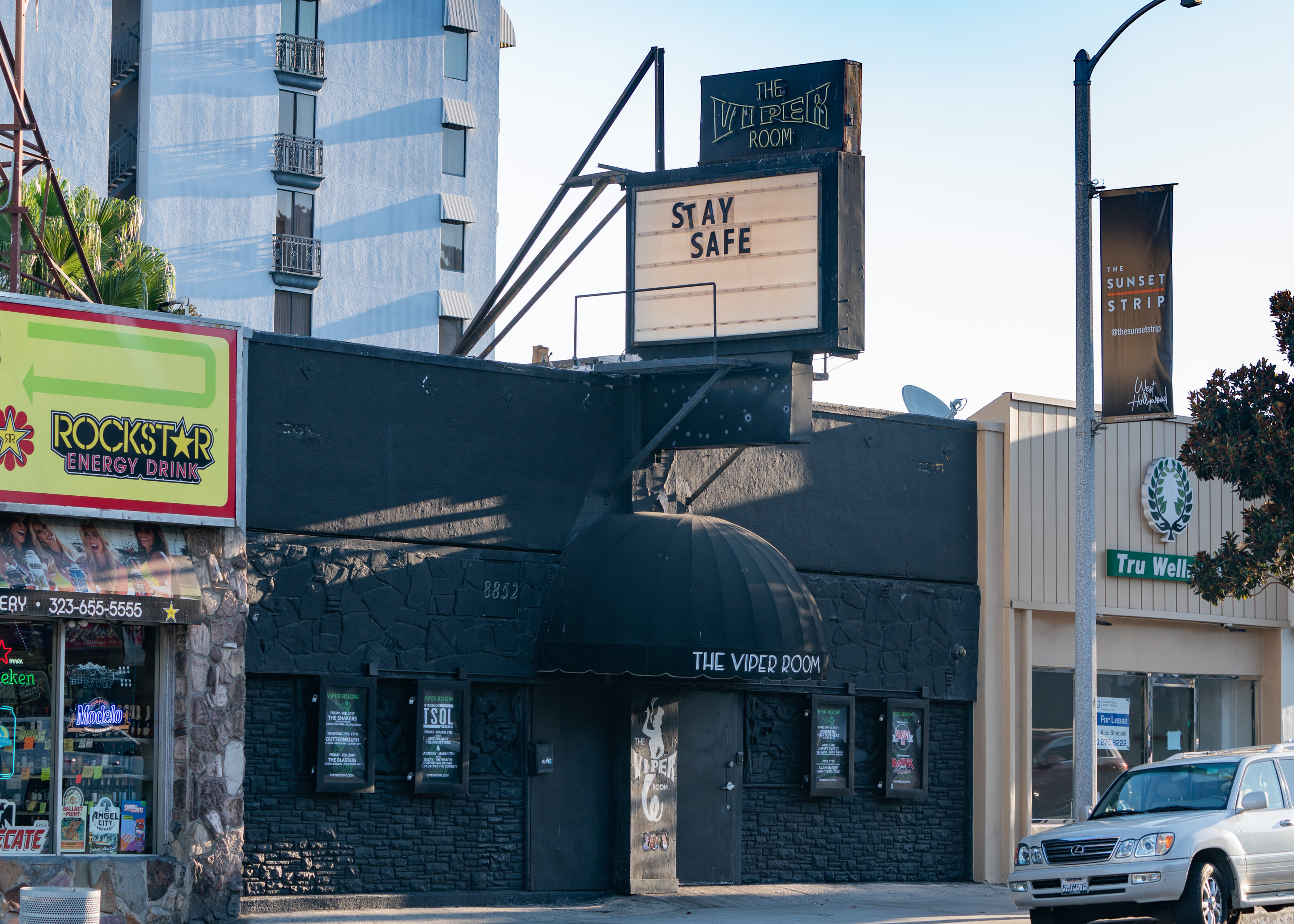Responding to public backlash, Los Angeles Mayor Eric Garcetti and City Councilman Mike Bonin announced Wednesday that all the remaining traffic lanes that were removed in Playa del Rey will be restored.
The city recently restored some lanes in the neighborhood, but all that were removed on Culver Boulevard, Jefferson Boulevard and Pershing Drive will now also be brought back into the traffic grid.
The city will also be adding new safety features, including speed feedback signs, flashing beacon crosswalks and new crosswalks.
The lane reductions -- or "road diets" -- were done in May as part of a pilot safety program and in some instances removed traffic lanes in both directions.
The changes generated a significant backlash among some residents and business operators, who said they resulted in traffic jams. An effort to recall Bonin was begun by a group of residents angered over the traffic.
"This pilot program has shown us that lane reductions are not the right approach in Playa del Rey, but we can and will find a way to ease congestion and improve traffic safety in this neighborhood," Garcetti said.
"We have the will and know-how to find smart, balanced, effective and flexible solutions -- and I'm confident that the new safety measures we are putting in place will help us accomplish those goals."
News
Top news of the day
The lane reductions were done as part of the Safe Streets for Playa del Rey pilot program, which did not include some other nearby lane reductions that were a part of other projects, including along Venice Boulevard in Mar Vista.
The city has restored lanes on Vista Del Mar and part of Culver Boulevard in Playa del Rey.
"From the beginning of the Safe Streets for Playa del Rey initiative, community feedback has been a crucial component in creating a safe and inviting community," Bonin said.
"Reducing the frequency and severity of traffic collisions is one of the top public safety imperatives for the city of Los Angeles, and the community-supported safety improvements we are announcing today will help keep people in Playa del Rey safe."
The lane reductions were meant to improve safety. Between 2003 and 2016, 244 collisions that resulted in injuries occurred along Pershing Drive, Culver Boulevard and Jefferson Boulevard, and eight people lost their lives, according to city data.
"It's because of the Recall Bonin campaign efforts, along with local grassroots organizations and local businesses, that we were able to get L.A. City Hall to back down," said Alexis Edelstein, co-chair of the Recall Bonin campaign.
"We're happy that Bonin -- amid the pressure of a recall -- was brought to heel. However we're not done," Edelstein said in a statement.
"There are still 19 streets in Bonin's district that are slated for reconfigurations including Venice Boulevard in Mar Vista, where injury collision rates are up 7 percent since the lanes were removed. Residents and businesses alike should be troubled by the upcoming plans. We won't stop our efforts until all of the roads are safe."
Edelstein told City News Service that the "reconfigurations" he referred to in his statement does not mean lane reductions, but are 19 streets the city has pegged for potential safety changes in its Vision Zero and Mobility Plan 2035 guidelines.
Although the changes have not been specified and could end up meaning an addition of a crosswalk or other similar safety feature that is not a lane reduction, Edelstein said he doesn't trust the city to conduct any changes in a proper way.
"We're not opposed to any safety changes whatsoever, but what we have seen is ill thought out," Edelstein said.
As to Venice Boulevard, Edelstein disputed statistics that were put out by Bonin in a recent newsletter that contradict Edelstein's statement that injury collisions are up 7 percent.
According to Bonin's newsletter, statistics show that average monthly collisions on Venice are down 22 percent since the lane reductions, and injuries from collisions on Venice Boulevard are down 10 percent.
Edelstein pointed to his group's website that said LADOT statistics show that although fewer cars are moving through Venice Boulevard and few accidents have occurred, the percentage of injuries per 100,000 cars has gone up.
Lane restoration work is scheduled to begin on Culver and Jefferson on Oct. 27, with work on Pershing beginning in November.
A remaining stretch of Vista Del Mar, from Waterview to Culver Boulevard, will remain narrowed until after the Bureau of Engineering completes work in the area on the Dual Force Main project, according to Bonin's office.



